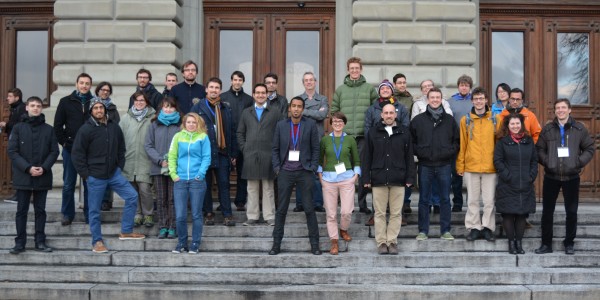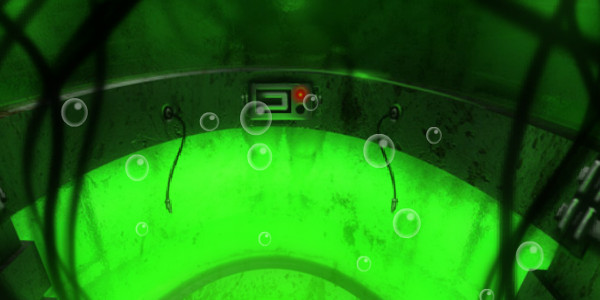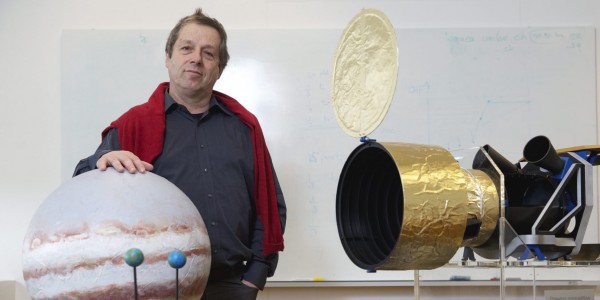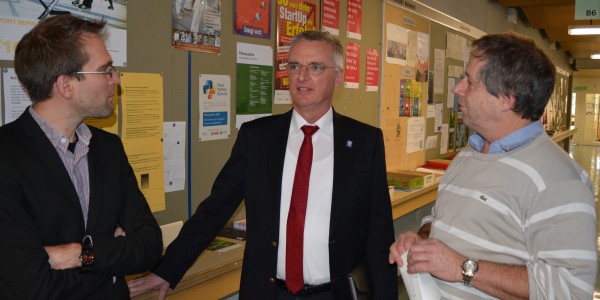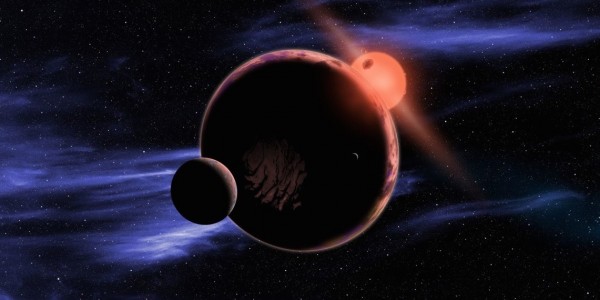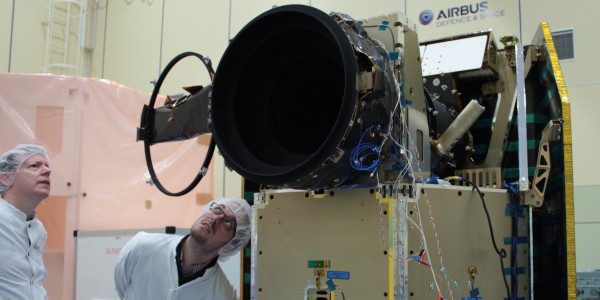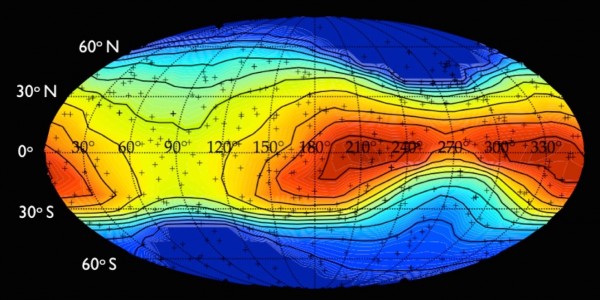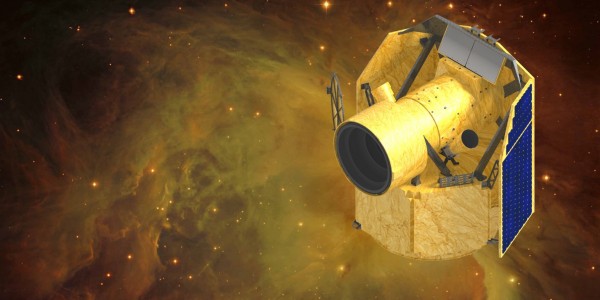News
An interactive and lively workshop
The first PlanetS workshop on Bayesian statistics was held last November 26th at Bern University. The one-day meeting attracted over thirty PlanetS members interested in learning about the latest techniques for data modelling and analysis. Speakers from Swiss and foreign institutes lectured on various topics, ranging from basic introduction to Bayesian statistics and Markov Chain Monte […]
Continue ReadingPlanetS goes Facebook
Get news from Facebook about the latest PlanetS results in planetary sciences. In addition to our Flickr and Youtube channels, PlanetS will gain more visibility through our own Facebook profile from springtime 2016 onwards. We want to address the broad public with at least two postings per day, telling the people about our activities and researchers, […]
Continue ReadingEscape the lab and enjoy the game
Have you ever got lost in your work? Take a break and awake inside a strange virtual laboratory.
Continue ReadingNCCR PlanetS
Dear Reader, In 2015 we celebrated the 20th anniversary of the discovery of the first exoplanet orbiting a solar-type star by our colleagues Michel Mayor and Didier Queloz. Reflecting back on these two decades it is amazing to realize how much this discovery has changed the traditional fields of astronomy and planetary sciences increasingly bringing […]
Continue ReadingChaos in the birth of planets
The formation of Earth-like planets is like billiards: A tiny change in the first collision of the building blocks can lead to a completely different result – a chaotic, but not a random behaviour as researchers of PlanetS at the University of Zurich calculated. They have developed the world’s fastest code for simulating collisions. Its […]
Continue Reading“The goal is to enable science”
“Building the world’s largest telescopes at ESO” was the title of Tim de Zeeuw’s talk at the University of Bern. “To be able to help science and have the countries work together – that’s something I really enjoy doing”, says the Director General of ESO. PlanetS: What is the biggest problem building the world’s largest […]
Continue ReadingNIRPS, the red arm of HARPS
In association with the Canadians from the Montreal University and Brasilian colleagues from the Natal University, the Geneva Observatory and members of the NCCR PlanetS will soon participate in the construction of a new instrument capable of detecting planets with the radial velocity method. The NIRPS (Near Infra Red Planet Searcher) project will enter its […]
Continue ReadingSuccessful CHEOPS test
The video shows the successful baffle cover opening test performed at Airbus Defence and Space (ADS) – Spain after the spacecraft mechanical environmental campaign. The cover, which is used to protect the telescope against environmental influences during ground operations and launch, opened as planned roughly 50 seconds after the system has been switched on. The […]
Continue ReadingTargets for CHEOPS
“In two years time CHEOPS will be in space, so before the launch we must have defined the observation program and a large part of the targets.” David Ehrenreich, CHEOPS Mission Scientist and member of NCCR PlanetS is categorical, “CHEOPS must be exploitable from the beginning of the mission”. All European scientists involved in the […]
Continue ReadingLaunching the CHEOPS fellow program
The main science goals of the CHaracterizing ExoPlanets Satellite (CHEOPS) will be to study the structure of exoplanets with radii typically ranging from 1 to 6 REarth orbiting bright stars. It is this last characteristic that makes CHEOPS unique when compared to its two predecessor COROT and Kepler. With an accurate knowledge of masses and radii for […]
Continue Reading
